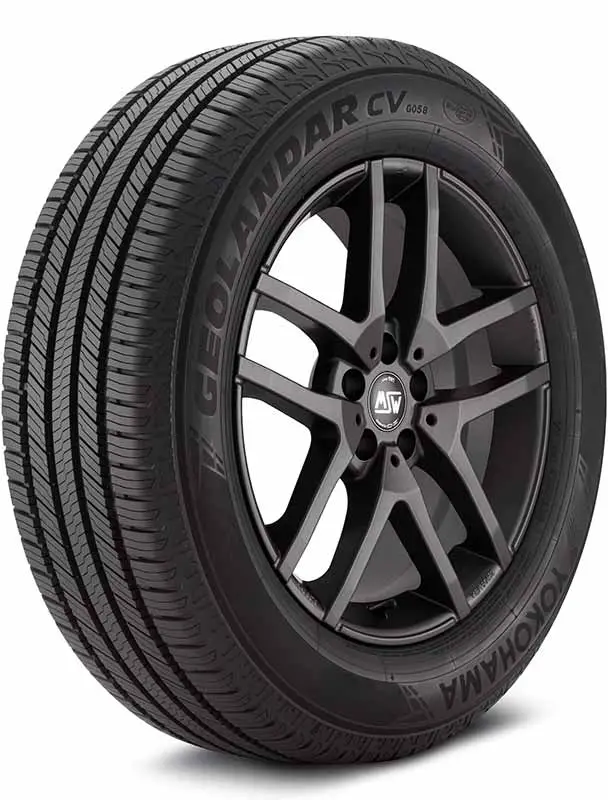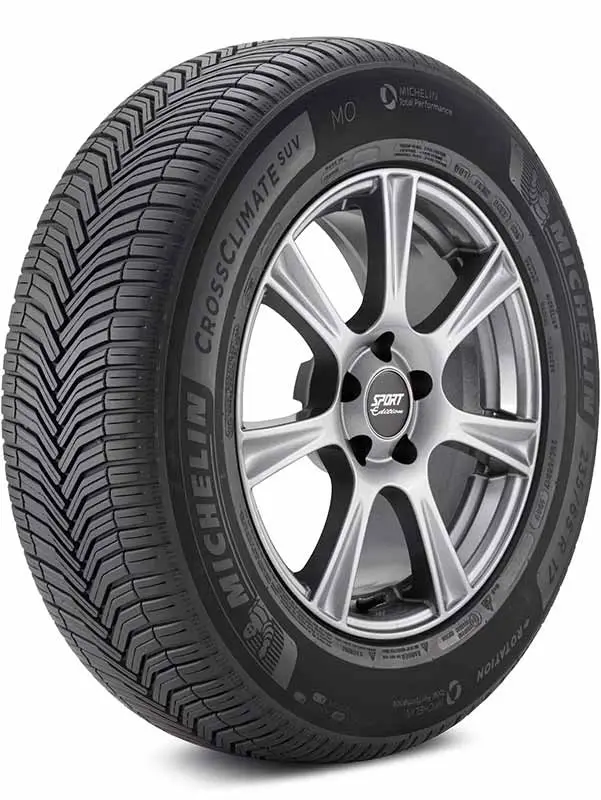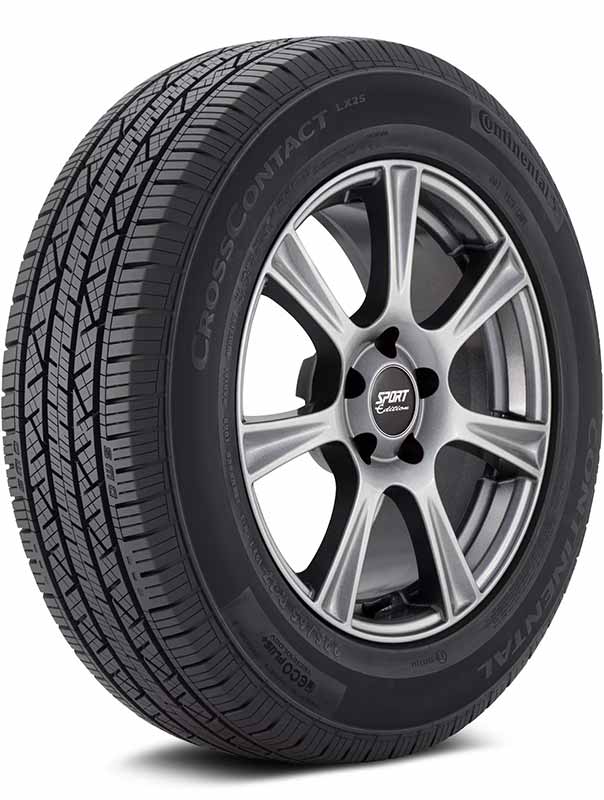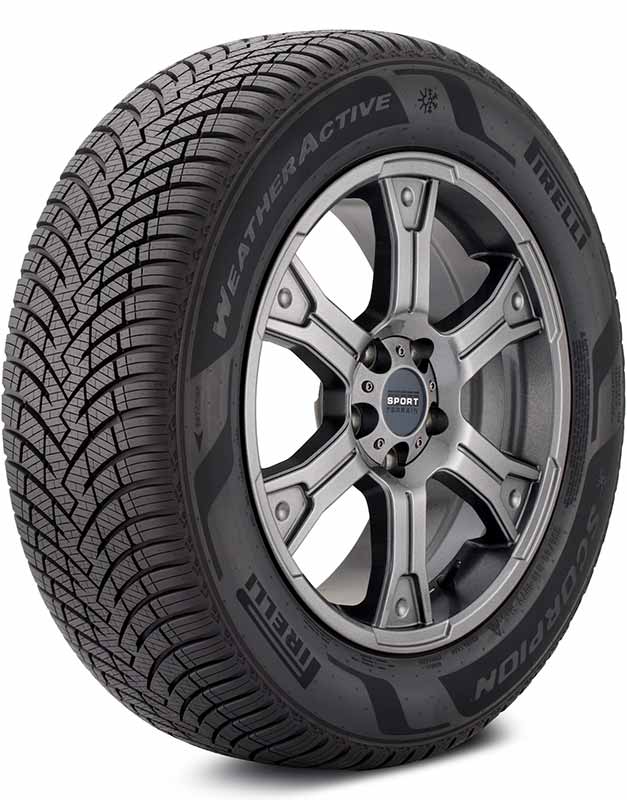Ever had the dreaded experience of a tire blowout on a lonely road at night? Annoying, right? But imagine if your tires could take a puncture in their stride and keep you rolling safely until you reach a service station.
That’s the magic of run-flat tires!
What Are Run Flat Tires?
Run-flat tires are a type of tire designed to resist the effects of deflation when punctured, allowing the vehicle to continue to be driven for a limited distance at reduced speed. They offer increased safety and convenience, but they can be more expensive and less comfortable than regular tires.
In this article, we’ll deep dive into the world of run-flat tires, exploring the different types, comparing them with regular tires, discussing their pros and cons, and answering common questions about their use and identification. Join us as we unravel the mystery behind these hardy heroes of the tire world.
Let’s take a closer look.
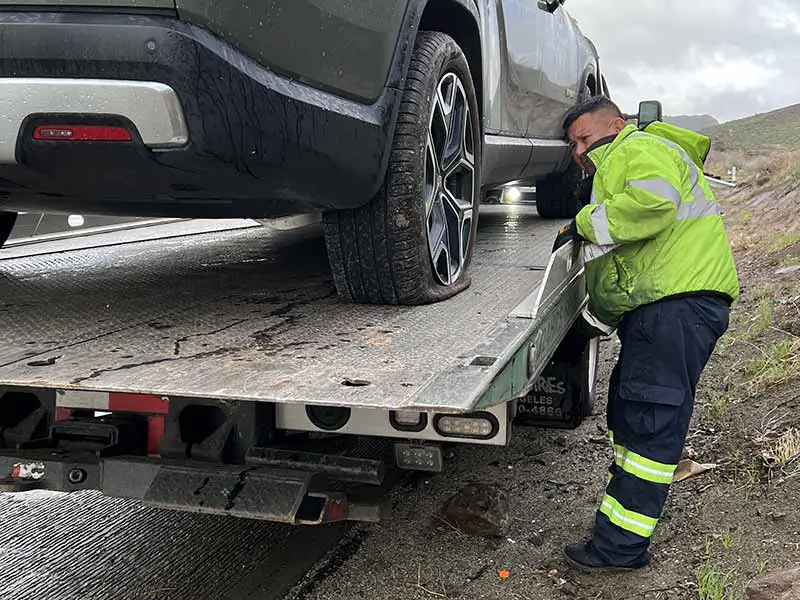
Understanding Different Types of Run Flat Tires
When it comes to run-flat tires, it’s not a one-size-fits-all situation. There are a few different types of run-flat tires, each with its own unique features. To choose the right one for your car, it’s important to know what each type does and how they differ. Let’s dive in and check out the three main types of run-flat tires: self-supporting, self-sealing, and auxiliary-supported.
Self-Supporting Run Flat Tires
Self-supporting run-flat tires, or SSR for short, are probably what most people think of when they hear the term “run-flat.” These tires have a sturdier construction compared to regular tires. They feature reinforced sidewalls that allow the tire to bear the car’s weight even when the tire has lost all air pressure.
- Explanation and Features
In a nutshell, these tires are real tough cookies. If you get a puncture, the reinforced sidewalls will keep you moving, meaning you don’t need to pull over immediately for a tire change. This isn’t a permanent fix, though. Think of it like a band-aid – it’ll hold things together while you find a safe place to get your tire properly repaired or replaced.
- Pros and Cons
The pros of self-supporting run-flats are pretty great. They offer excellent stability even with a puncture, which means you’ll maintain control of your vehicle. And say goodbye to changing tires on the side of a busy highway in the pouring rain!
However, these tires do have some downsides. For one, they tend to give a stiffer ride than regular tires. And when they’re out of air, they’ll wear out quicker, so you can’t drive on them for too long. Also, they’re usually more expensive than regular tires.
Self-Sealing Run Flat Tires
Next, let’s look at self-sealing run-flat tires. These tires have a magical little trick up their sleeve – an extra inner layer of sealant that can automatically plug small punctures.
- Explanation and Features
When you get a puncture, the sealant in the tire automatically oozes out to fill the hole, preventing air loss. This self-sealing feature is incredibly helpful, letting you continue your journey with minimal disruption.
- Pros and Cons
The advantages of self-sealing run-flat tires are quite appealing. You don’t need to worry about small punctures, as the tire pretty much fixes itself. They also provide a smoother ride compared to self-supporting run-flat tires.
But of course, there are some cons. These tires can’t seal larger punctures or cuts. And just like self-supporting run-flats, they’re generally pricier than standard tires.
Auxiliary-Supported Run Flat Tires
Lastly, we have auxiliary-supported run-flat tires. These are a bit different from the other two types. Instead of being a single tire, this system includes a support ring attached to the wheel that can support the vehicle’s weight if the tire loses pressure.
- Explanation and Features
With an auxiliary-supported system, you’re not just dealing with a tire but also a support ring. If a puncture happens, the ring takes over and supports the vehicle’s weight, allowing you to keep driving until you can get the tire repaired or replaced.
- Pros and Cons
On the plus side, auxiliary-supported run-flats give you the benefit of continuing your journey after a puncture, much like the other types. But, they stand out by offering a smoother ride than self-supporting run-flats and can be driven on for longer after a puncture.
On the downside, the support ring means you’ll need a whole new wheel assembly if you want to switch back to regular tires, which can be costly and inconvenient. Plus, just like other run-flat tires, they’re more expensive than your standard tires.
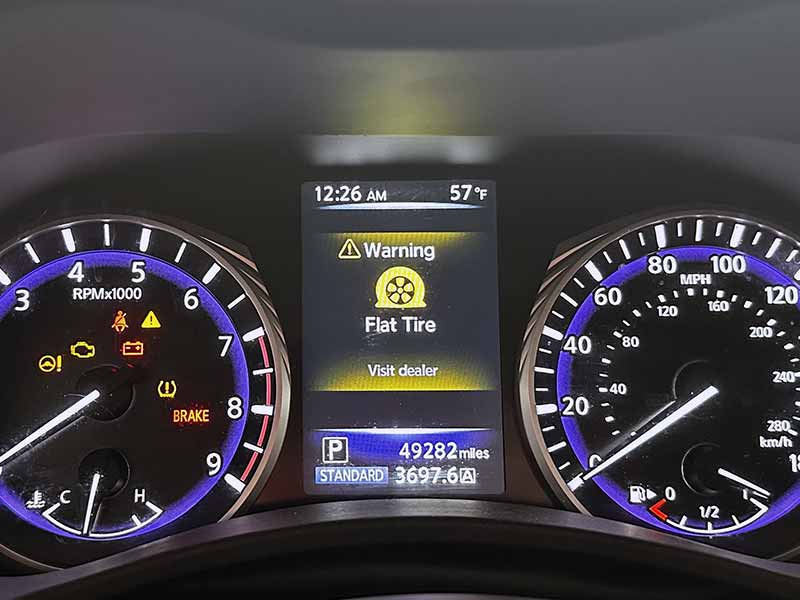
Run-Flat Tires Vs Regular Tires
Deciding between run-flat tires and regular tires can feel a bit like choosing between apples and oranges. They’re both great in their own ways, but they offer different advantages and drawbacks. Let’s do some tire talk and see how they stack up against each other.
Key Differences Between Run-Flat and Regular Tires
Run-flat tires and regular tires have different designs and purposes. Regular tires are your standard everyday tire – they’re designed to provide a comfortable ride and good performance in a variety of conditions. But when they get a puncture, that’s game over – you’ll need to replace the tire or patch it up before you can drive again.
On the other hand, run-flat tires are the superheroes of the tire world. They’re designed to keep going even when they’ve been punctured, thanks to their reinforced design or a self-sealing layer.
Comparison of Longevity
How Long Run-Flat Tires Can Last After Puncture
This is where run-flat tires really shine. After a puncture, you can typically drive on a run-flat tire for around 50 miles, but this can vary based on the specific tire and driving conditions. Remember, this is meant to get you to a safe location or service station, not for long-term driving.
Overall Lifespan of Run-Flat Tires Versus Regular Tires
In general, run-flat tires tend to have a similar overall lifespan as regular tires. This can vary based on a lot of factors, like your driving habits, road conditions, and how well you maintain your tires. But remember, once a run-flat tire has been driven on with zero pressure, it may need to be replaced even if it hasn’t reached its overall lifespan.
Performance Comparison
Are Run-Flat Tires as Good as Regular Tires?
In terms of performance, run-flat tires can definitely hold their own. They offer excellent stability and control, especially in situations where a tire loses pressure. However, due to their stiffer design, some drivers find that run-flat tires provide a less comfortable ride compared to regular tires.
Cost Comparison
Are Run-Flat Tires More Expensive Than Regular Tires?
Generally speaking, yes, run-flat tires tend to be more expensive than regular tires. This is due to their more complex design and the added safety benefits they provide. However, when you factor in the peace of mind knowing you won’t be stranded on the side of the road with a flat, the cost difference might be worth it to some drivers.
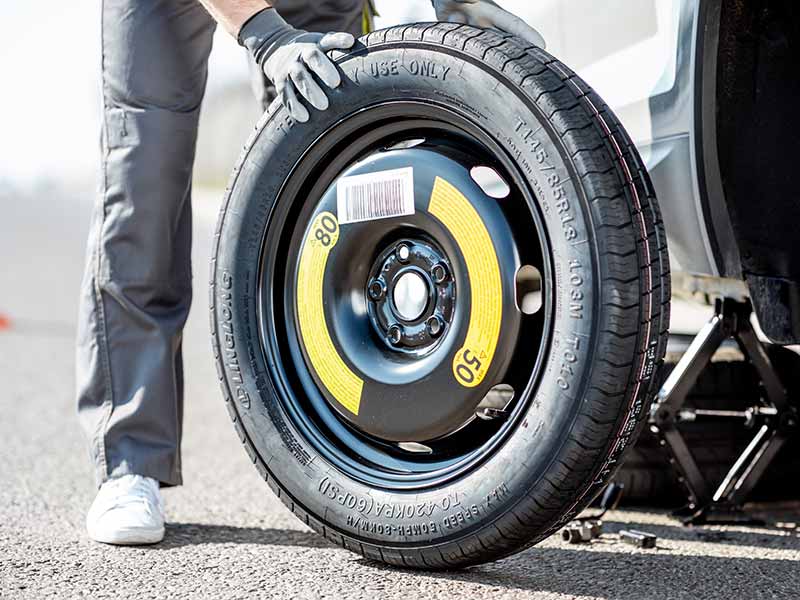
Pros and Cons of Run-Flat Tires
Choosing the right tire is about weighing the good with the not-so-good. While run-flat tires offer some awesome advantages, they also have a few drawbacks that you should consider. Let’s break it down.
Advantages of Run-Flat Tires
- Safety: The main benefit of run-flat tires is safety. If a tire loses pressure, having a run-flat can mean the difference between maintaining control of your car and potentially losing it. This is a biggie!
- Convenience: With run-flats, you can say adios to changing a tire on the side of the road. If you get a puncture, you can keep driving for a certain distance, giving you time to get to a service station or a safe location.
- Space-Saving: Run-flat tires eliminate the need for a spare tire, freeing up some extra trunk space. More room for your groceries, camping gear, or that giant inflatable dinosaur you couldn’t resist buying!
Disadvantages of Run-Flat Tires
- Ride Comfort: Due to their sturdy construction, run-flat tires can result in a stiffer ride compared to regular tires. If a smooth, cushy ride is high on your priority list, this could be a drawback.
- Limited Repair Options: If a run-flat tire gets a large puncture or cut, it usually can’t be repaired and will need to be replaced. And remember, if you’ve driven on it with zero pressure, you may need to replace it, even if it hasn’t reached its normal lifespan.
- Price: Generally speaking, run-flat tires are pricier than their standard counterparts. So, if you’re on a tight budget, this could be a con.
Addressing the Question: Are Run-Flat Tires Worth the Investment?
The answer to this question depends on what you value most. If safety and convenience are high on your list, and you’re okay with a slightly stiffer ride and a higher price tag, then run-flat tires could be a great choice for you.

Run-Flat Tires in Real-World Situations
Run-flat tires sound like an awesome innovation on paper, right? But what happens when the rubber meets the road – literally? Let’s explore some common real-world situations you might encounter with run-flat tires.
What Happens When a Run-Flat Tire Gets Punctured?
If you’ve got run-flat tires, a puncture doesn’t have to be a disaster. The reinforced sidewalls (in the case of self-supporting run-flats) or sealant (in the case of self-sealing run-flats) help to keep the tire functional. And with auxiliary-supported run-flats, the support ring takes the load. This means you can typically continue driving for around 50 miles, depending on the specific tire and driving conditions.
Just remember, this isn’t a long-term solution. Once you’ve got a puncture, you should head to a service station as soon as you can to get the tire repaired or replaced.
Can You Drive a Run-Flat Tire With Zero Pressure?
Technically, yes, you can drive a run-flat tire with zero pressure for a limited distance due to their special construction. But this isn’t a party trick you want to try out for fun. It’s designed to give you enough time to get to a safe place or service station, not for regular driving. And, driving on a run-flat with zero pressure can damage the tire to the point where it needs to be replaced.
Can You Repair a Run-Flat Tire With a Nail in It?
The answer to this question can be a little tricky. If you’ve got a self-sealing run-flat, the sealant should automatically plug small punctures, like those caused by a nail. For other types of run-flats, it depends on the size and location of the puncture. Some small punctures in the tread area may be repairable.
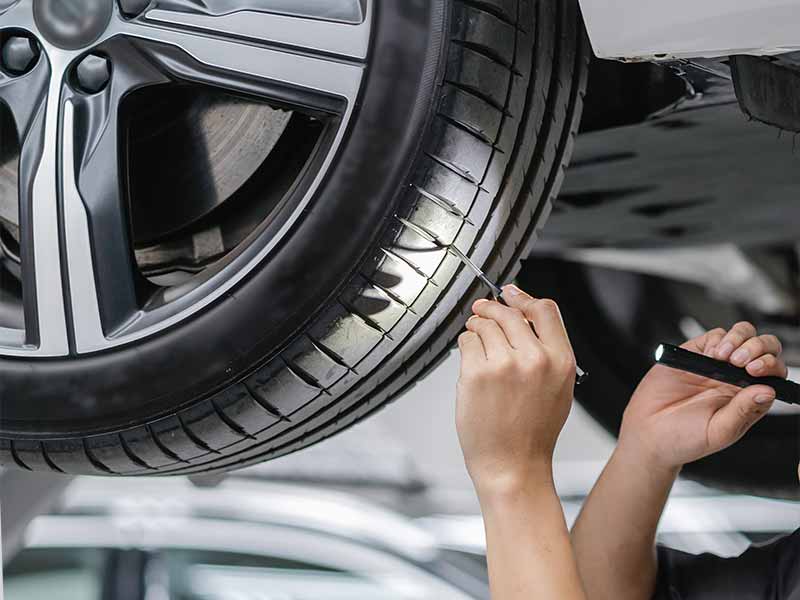
Identifying and Using Run-Flat Tires
Once you know what run-flat tires are and their pros and cons, you might wonder, “How do I know if I have run-flat tires?” or “Can I put them on any car?” Let’s address these questions.
How to Tell if a Tire is a Run-Flat
Identifying a run-flat tire is usually pretty straightforward. These tires will often have some sort of marking on the sidewall to indicate that they’re run-flats. For example, you might see “RFT” for Run-Flat Technology, “SSR” for Self-Supporting Run-flat, or “ZP” for Zero Pressure, among others. If you’re unsure, check your vehicle’s manual, look up the tire code online, or ask a tire professional.
Can Run-Flat Tires be Used on Any Car?
In general, run-flat tires can be fitted on any vehicle that can accommodate their size. However, not all cars are designed to use run-flat tires, especially those that come standard with regular tires. The suspension of a car designed to use run-flats may be different from one that isn’t, which could affect ride comfort and performance. So, it’s important to check your vehicle’s manual or consult with a tire professional before making the switch.
Do Run-Flat Tires Need to be Replaced After a Puncture?
The short answer is: It depends. If a run-flat tire gets a small puncture in the tread area, it might be repairable, especially if it’s a self-sealing tire. However, larger punctures or those on the sidewall usually mean the tire will need to be replaced. And remember, if you’ve driven on a run-flat with zero pressure, it may also need to be replaced.
Can Run-Flat Tires be Replaced with Regular Tires?
If your car came equipped with run-flat tires, you might wonder if you can replace them with regular tires. The answer is usually yes, but there are a few things to consider. For example, you’ll need to start carrying a spare tire or a tire repair kit, since you won’t be able to drive on a regular tire after a puncture. Also, the change might affect your vehicle’s handling or ride comfort. So, it’s best to consult with a tire professional before making the switch.
Resources
Below are some links you may find helpful when learning about tires
Final Thoughts
Run-flat tires are certainly a game-changer in the world of automotive technology. They add an extra layer of safety, convenience, and peace of mind for drivers, reducing the worry of unexpected punctures on the road. However, they also come with their own set of considerations, including a higher price tag, limited repair options, and potentially a less comfortable ride.
The key takeaway? Whether run-flat tires are the right choice for you depends on your individual needs, driving habits, and priorities. If the safety and convenience benefits outweigh the potential downsides for you, then run-flats could be a great investment. But if budget and ride comfort are your main concerns, sticking with regular tires might be your best bet. Whatever you choose, remember that proper tire maintenance is essential for ensuring your safety on the road.
Good luck and happy motoring.

